In the progressive environment, teachers describe what they see in the classroom instead of praising. This has at least two powerful effects: primarily, it allows students to make self-evaluations. For example, teachers might say, "I notice that you used green to draw the leaves and pink to draw the flowers," instead of "that's beautiful, good job." Students are free to evaluate their own work because we have not evaluated it for them, and we provide further encouragement to do so. Adding to the above example, a teacher might then ask, "what colors do you think you will use to show difference between the ripe fruits and the fruits that are not yet ripe?" This kind of question encourages a student to take stock of where they are in their process.
Progressive Learning at PKS
Without a doubt a school can be a progressive school and a language immersion school. There’s nothing about language immersion that limits our ability to implement progressive or vice versa. One specific example: repetition and daily practice of characters is an important part of learning Chinese. A progressive approach would be to consider: what is the appropriate amount of time for a 3rd grader to engage in this practice, and how do we make it as engaging and enjoyable as possible? There is no one strategy that is cancelled out by progressive – it’s about weighing kids’ developmental needs to create a well-rounded approach.
Preschool Curriculum Night
Preschool parents gathered at Presidio Knolls on Thursday for our annual curriculum night. As usual, passive listening was not on the agenda! Instead, parents were up to their elbows in blocks, sticks, clay, yarn, and paint, creating personalized “objets” for their children to appreciate throughout the school year.
Elementary Curriculum Night
The 2016-2017 school year is officially underway! On Thursday night, elementary parents at Presidio Knolls revisited their early years by squeezing into child-sized chairs to hear updates on Mandarin immersion, STEM, units of exploration, and social and emotional learning, as well as to swap stories from summer vacation. For any parent whose child is an “unreliable narrator,” it was also a great opportunity to hear about the exciting learning going on during the first month of school.


